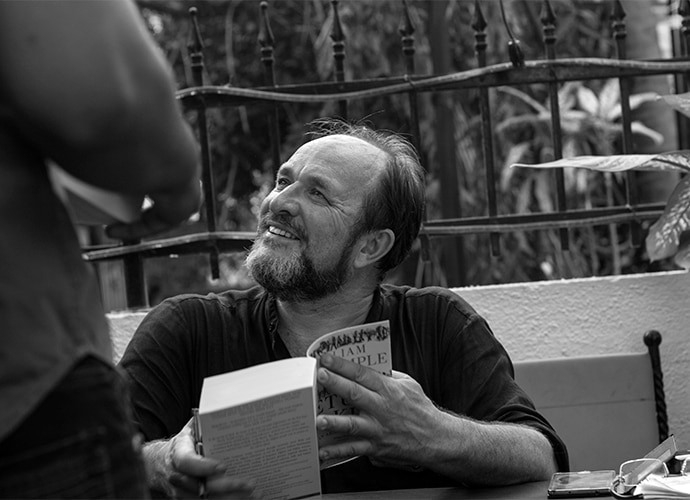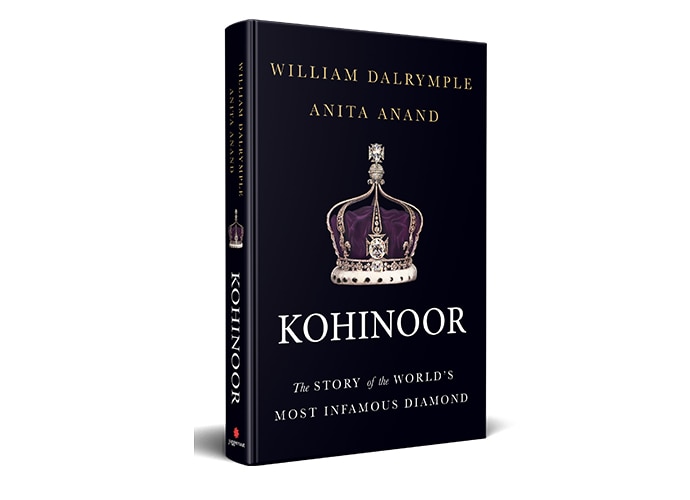Jindan Kaur, a biopic waiting to be shot

I asked my colleague Sukant Deepak, a powerhouse who single-handedly reports for our monthly magazine Simply Punjabi what Rani Jindan Kaur means for Punjab. He says the youngest wife of the first Maharaja of the Sikh empire, Ranjit Singh, and mother of the last Maharaja Duleep Singh, is regarded as a symbol of beauty and resistance in contemporary Punjab. “The name ‘Jinda’ is still given to daughters in rural Punjab as the state’s fascination with rebellion and standing up to a more powerful enemy refuses to go away. Rani Jinda, daughter of the overseers of royal kennels did not commit sati with other wives (Duleep Singh was 10 months old at that time).’’
He goes on to say that besides portraits made by popular painters in this region, Chandigarh-based Sangeet Natak Award winning director theatre director Rani Balbir staged a successful play Rani Jinda which travelled across the world in the 80s.
 |
| Maharani Jindan Kaur. [Photo: Guardian] |
There was also The Rebel Queen, a film made on her life by Michael Singh and premiered at the 2010 New York International Sikh Film Festival.
The other day at a discussion jointly held by Zoya, the jewellery brand, and India Today Woman, a monthly magazine which I edit, actor and poet Navjot Randhawa mentioned how Rani Jindan was an icon for her, much like painter Amrita Sher Gil. Many decades divide the two women, but I can understand what drew her to the two - their spirit of adventure, their adamant character, and their steadfastness.
The British did not like Jindan Kaur because she stood up for her boy king Maharaja Duleep Singh, whom they took away to England and converted to Christianity, while throwing her into prison in India. Now a new book, Kohinoor: The Story of the World's Most Infamous Diamond, by William Dalrymple and Anita Anand, revives her legacy, and forces us to rethink how we receive our history.
 |
| William Dalrymple. |
 |
| Anita Anand. [Photo: Suki Dhanda] |
 |
| Kohinoor: The Story of the World's Most Infamous Diamond, by William Dalrymple and Anita Anand, revives her legacy, and forces us to rethink how we receive our history. |
In Kohinoor, the writers speak of her amazing prison break on April 19, 1849, from Chunnar Fort. “Dressed in beggars’ rags, she fled under cover of darkness, taunting her British captors as she went.
Scattering money on the floor of her cell, Jindan scrawled a note for the guards to find:
You put me in a cage and locked me up. For all your locks and your sentries, I got out by magic... I had told you plainly not to push me too hard – but don’t think I ran away. Understand well, that I escape by myself unaided... don’t imagine I got out like a thief.’’
She landed in Nepal where again she languished in a sort-of-prison. Her son Duleep Singh soon became a favourite of Queen Victoria and even sanctified the loss of the Kohinoor to England. Rani Jindan was finally allowed to meet him on January 16, 1861, at Spence Hotel in Calcutta in the company of representatives of the Raj. The writers say: “According to Punjabi folklore, when the rani was brought in to see him, she said not a word but instead ran her hands all over her son’s face and body. The last time they had been together, he had been her glittering boy. Now blind, she relied on her fingertips to reveal who her son had become and as she reached up to touch his face, they told her Duleep was a man. It was only when Jindan stroked the hair on Duleep’s head that she let out the howl of grief and rage she had suppressed for so long.’’
The British had no choice but to reunite her with her son and she was taken to England with him, where she died at 46 two years later.
A fascinating portrayal of a woman, who started life as a kennel owner’s daughter, became the last wife of the once all powerful Ranjit Singh, and died the tragic mother of a tragic son in a land not her own. Now if that’s not a story worthy of a biography and biopic by itself I don’t know what is.

